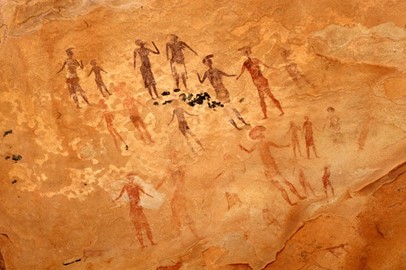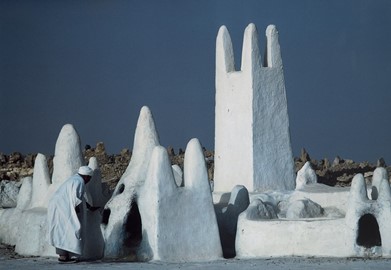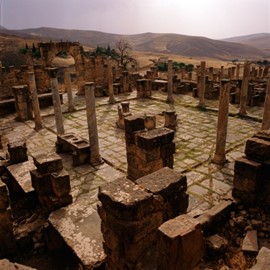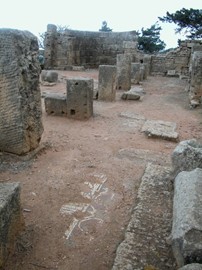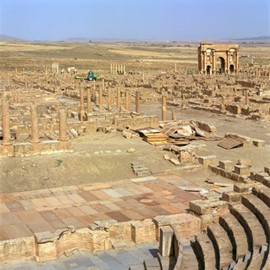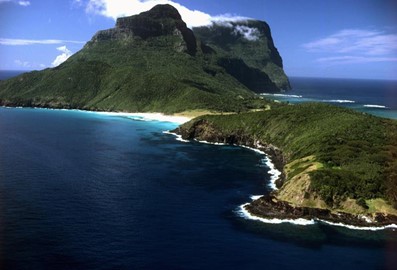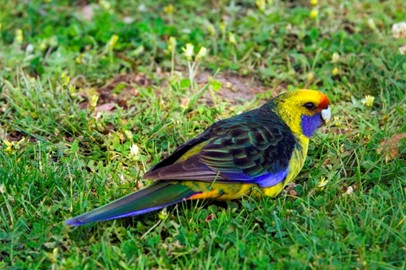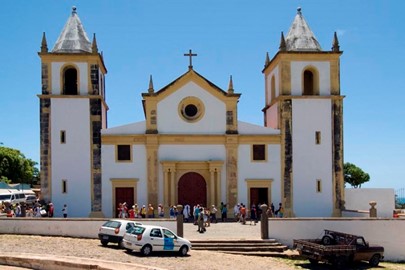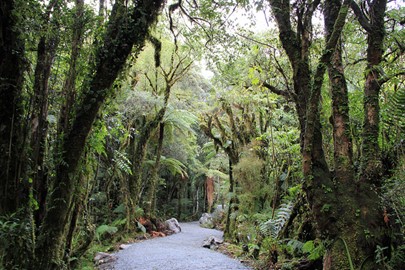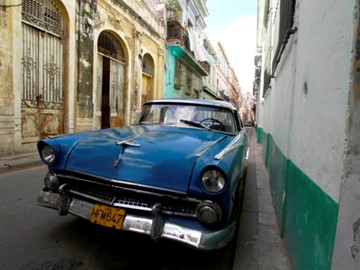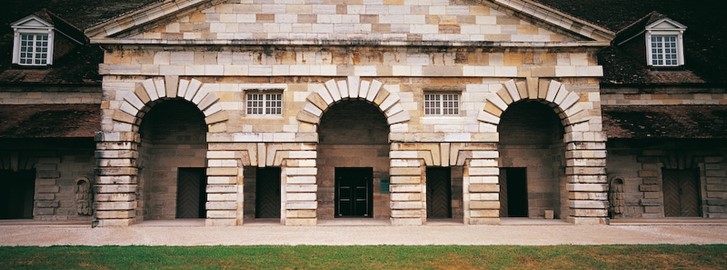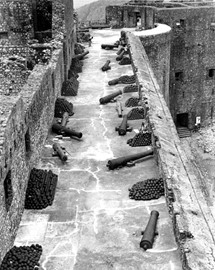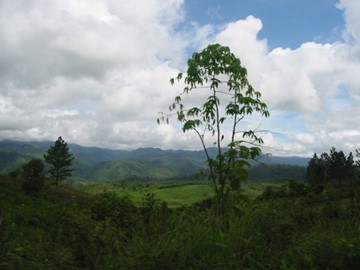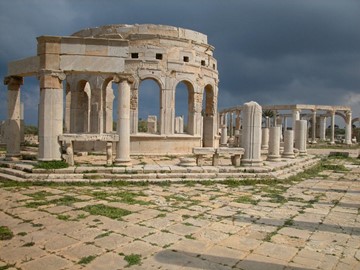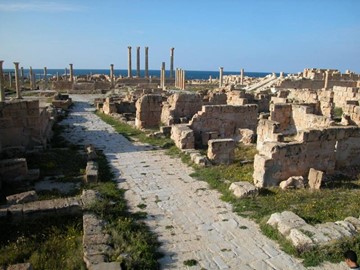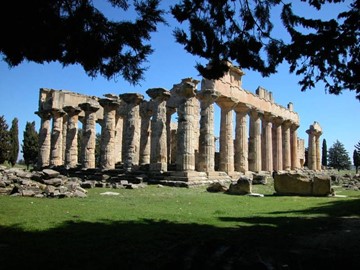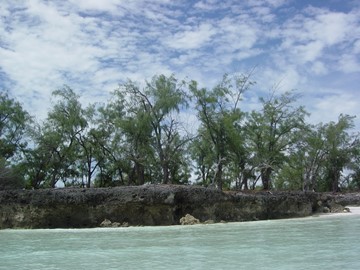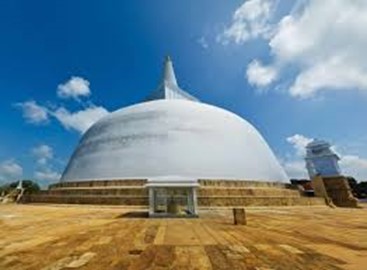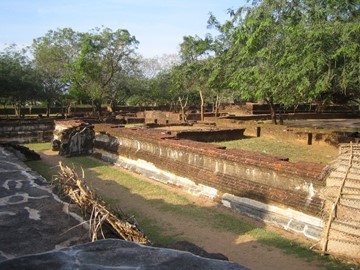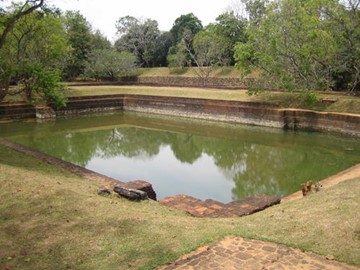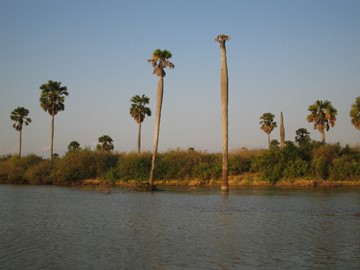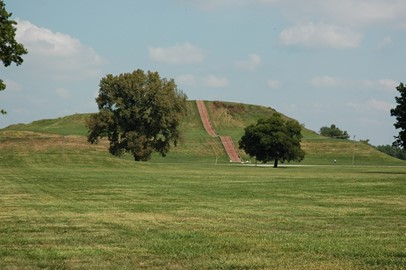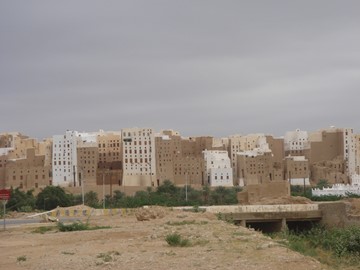year :: 1982
Tassili n'Ajjer
Tassili n’Ajjer, a UNESCO World Heritage site in Algeria, recognized in 1982, is a vast desert plateau in the Sahara renowned for its prehistoric rock art and geological wonders. Featuring over 15,000 paintings and engravings from 6000 BCE, depicting ancient life and animals, it lies amid dramatic sandstone arches and canyons. This site showcases Algeria’s rich archaeological and natural heritage, preserving a vivid record of humanity’s early past in a stark, timeless landscape.
M'Zab Valley
M’Zab Valley, a UNESCO World Heritage site in Algeria, recognized in 1982, is a 10th-century oasis settlement in the Sahara, founded by the Ibadi Muslim sect. Its five fortified towns, or ksour, feature palm grove irrigation, mudbrick architecture, and a minimalist mosque design, reflecting a unique communal lifestyle. This well-preserved site showcases Algeria’s cultural heritage, blending human ingenuity with a harsh desert environment in a timeless urban landscape.
Djémila
Djémila, a UNESCO World Heritage site in Algeria, recognized in 1982, is a Roman city founded in the 1st century CE, nestled in a hilly landscape. Known as Cuicul, its well-preserved ruins—featuring a forum, temples, basilicas, and a theater—reflect sophisticated urban planning adapted to rugged terrain. This site showcases Algeria’s ancient heritage, offering a striking testament to Roman architecture and life in North Africa.
Tipasa
Tipasa, a UNESCO World Heritage site in Algeria, recognized in 1982 and listed as World Heritage in Danger from 2002-2006, is an ancient coastal city with Punic, Roman, and early Christian ruins from the 6th century BCE to the 6th century CE. Its scenic remains—featuring a theater, basilicas, and mausoleums—blend Mediterranean beauty with historical layers along the sea. This site showcases Algeria’s rich archaeological heritage, preserving a crossroads of civilizations despite past threats.
Timgad
Timgad, a UNESCO World Heritage site in Algeria, recognized in 1982, is a Roman colonial city founded in 100 CE by Emperor Trajan, laid out in a perfect grid in the Aurès Mountains. Its well-preserved ruins—featuring a triumphal arch, theater, and baths—reflect a model of Roman urban planning in North Africa. This site showcases Algeria’s ancient heritage, offering a vivid snapshot of imperial Rome’s reach and architectural prowess.
Lord Howe Island
Lord Howe Island, a UNESCO World Heritage site in Australia, is a pristine volcanic island renowned for its unique biodiversity and stunning natural beauty. Located in the Tasman Sea, it boasts lush forests, rugged cliffs, and crystal-clear waters teeming with marine life. Home to rare species like the flightless Lord Howe woodhen and vibrant coral reefs, the island offers a sanctuary for nature enthusiasts. Its dramatic landscapes, including the towering Mount Gower, combined with a tranquil atmosphere, ma... Read More
Tasmanian Wilderness
The Tasmanian Wilderness, a UNESCO World Heritage site in Australia, is a pristine expanse of rugged landscapes renowned for its ancient ecosystems and cultural value. Towering peaks, dense rainforests, and wild rivers harbor unique species like the Tasmanian devil and ancient huon pine, some over 3,000 years old. Glacial valleys and archaeological sites, including caves with evidence of Ice Age habitation, highlight its deep history. This untouched wilderness stands as a vital refuge for biodiversity and a... Read More
Olinda
The Historic Centre of the Town of Olinda, a UNESCO World Heritage site in Brazil, is a vibrant colonial settlement famed for its 16th- and 17th-century architecture. With colorful buildings, Baroque churches, and convents perched on hills, it reflects Portuguese influence and a rich cultural past. Inscribed by UNESCO in 1982, it’s renowned for its well-preserved urban layout and lively traditions, like Carnival. Olinda stands as a captivating showcase of Brazil’s colonial heritage.
Tai
Taï National Park, a UNESCO World Heritage site in Côte d'Ivoire, is a pristine rainforest renowned for its exceptional biodiversity and rare species. As one of West Africa's last primary tropical forests, it serves as a critical habitat for endangered wildlife like pygmy hippos and chimpanzees, showcasing the region's ecological richness and conservation importance.
Havana
Old Havana, a UNESCO World Heritage site in Cuba, is a historic city core famed for its colorful colonial architecture and vibrant street life. Foundedinthe16th century, it features cobblestone plazas, baroque churches, and pastel-hued buildings, reflecting Spanish influence. This well-preserved urban gem offers a captivating blend of history, culture, and Caribbean charm.
Royal Saltworks of Arc et Senans
The Royal Saltworks of Arc-et-Senans, a UNESCO World Heritage site in France, is an 18th-century industrial complex designed for salt production. Built in a visionary semicircular layout, it reflects Enlightenment-era ideals of order and innovation. The site includes grand buildings like the Director’s House and workers’ quarters, showcasing architectural ambition. Once a vital economic hub, it used nearby brine springs to create salt. Today, it stands as a testament to France’s industrial heritage and utop... Read More
Citadel, Sans Souci, Ramiers
The National History Park – Citadel, Sans Souci, Ramiers is a UNESCO World Heritage site in Haiti, recognized for its historical and cultural significance. Dating to the early 19th century, it features the grand Citadel Laferrière, a massive mountaintop fortress, the elegant ruins of Sans Souci Palace, and the fortified Ramiers site, all built after Haiti’s independence. These structures stand as powerful symbols of liberty, constructed by formerly enslaved people who fought for and won their freedom.
Río Plátano Biosphere
The Río Plátano Biosphere Reserve, a UNESCO World Heritage site in Honduras, is a biodiverse haven encompassing rainforests, wetlands, and coastal lagoons. It shelters endangered species like jaguars, tapirs, and giant anteaters, alongside vibrant ecosystems supporting countless plant and animal life. The reserve also holds archaeological significance with ancient Mayan ruins, offering a glimpse into the region’s rich cultural history. Conservation efforts aim to protect this ecological and historical treas... Read More
Florence
The Historic Centre of Florence, a UNESCO World Heritage Site in Italy, is a treasure trove of Renaissance art and architecture, renowned for its iconic landmarks, masterpieces, and cultural influence. It reflects an extraordinary blend of creativity, innovation, and historical significance that shaped the development of arts and humanism.
Leptis Magna
Leptis Magna, a UNESCO World Heritage site in Libya, stands as a testament to Roman urban planning and architecture with its remarkably preserved ruins. This ancient coastal city features grand structures like the Severan Basilica, an ornate theater, and extensive marketplaces, reflecting its prominence as a thriving trade hub. Its intricate mosaics and monumental arches highlight the sophisticated craftsmanship of the era. Recognized for its historical value, it offers a vivid glimpse into the past of a on... Read More
Sabratha
Sabratha, a UNESCO World Heritage site in Libya, is an ancient Roman city renowned for its well-preserved archaeological remains. The site features a stunning seaside theater, intricate mosaics, and monumental temples, showcasing the architectural grandeur of its past. Founded as a Phoenician trading post, it later thrived under Roman rule, reflecting a blend of cultural influences. Its historical significance lies in its testament to urban planning and maritime commerce in antiquity.
Cyrene
Cyrene, a UNESCO World Heritage Site in Libya, is an ancient Greek city renowned for its well-preserved temples, theaters, and statues. It exemplifies the cultural and architectural achievements of classical antiquity, reflecting its historical significance as a major intellectual and artistic center of the ancient Mediterranean world.
Aldabra Atoll
Aldabra Atoll, a UNESCO World Heritage site in Seychelles, is a pristine coral atoll renowned for its exceptional biodiversity. It hosts one of the world’s largest populations of giant tortoises, thriving in a largely untouched ecosystem of mangrove forests, lagoons, and seagrass beds. The atoll’s isolation has preserved its unique flora and fauna, including rare birds like the Aldabra rail and vibrant marine life such as turtles and reef fish. Its scientific significance and natural beauty make it a critic... Read More
Anuradhapura
Anuradhapura, a UNESCO World Heritage site in Sri Lanka, is an ancient city renowned for its historical and cultural significance. Founded in the 4th century BCE, it served as the island's first capital and a major center of Buddhism, featuring impressive stupas, monasteries, and the sacred Sri Maha Bodhi tree, grown from a cutting of the tree under which Buddha attained enlightenment. The site also showcases advanced ancient engineering through its well-preserved irrigation systems and reservoirs. Today, i... Read More
Polonnaruwa
Polonnaruwa, a UNESCO World Heritage site in Sri Lanka, is an ancient city renowned for its well-preserved ruins and historical significance as a medieval capital. Established in the 11th century, it features impressive architectural remains, including royal palaces, temples, monasteries, and intricately carved statues, such as the famous Gal Vihara rock reliefs. The site also showcases advanced irrigation systems, reflecting the engineering prowess of its time. Today, it stands as a testament to Sri Lanka’... Read More
Sigiriya
Sigiriya, a UNESCO World Heritage site in Sri Lanka, is an ancient rock fortress renowned for its historical and architectural significance. Built in the 5th century by King Kashyapa, it features a massive rock column rising dramatically from the surrounding landscape, topped with a palace complex. The site is famous for its well-preserved frescoes, intricate water gardens, and the iconic Lion Gate, reflecting advanced engineering and artistic mastery of the era. Today, it stands as a testament to Sri Lanka... Read More
Selous Game
The Selous Game Reserve, a UNESCO World Heritage site in Tanzania, is renowned for its exceptional biodiversity and pristine wilderness. It hosts a variety of iconic wildlife, including elephants, black rhinos, lions, hippos, and crocodiles, thriving across diverse habitats like miombo woodlands, grasslands, and riverine ecosystems. Designated in 1982, it remains a critical conservation area, largely untouched by human activity, offering a unique glimpse into East Africa’s natural heritage.
Cahokia Mounds
Cahokia Mounds, a UNESCO World Heritage Site in the United States, is a remarkable pre-Columbian Native American city that flourished between 1050 and 1350 CE. At its peak, it was one of the largest urban centers north of Mexico, featuring over 120 earthen mounds, including the impressive Monks Mound, the largest prehistoric earthwork in the Americas. The site served as a hub for trade, religion, and culture, with evidence of a sophisticated society that included planned settlements, agricultural innovation... Read More
Shibam
The Old Walled City of Shibam, a UNESCO World Heritage site in Yemen, is renowned for its unique 16th-century architecture featuring tall mudbrick towers, earning it the nickname 'Manhattan of the Desert.' This ancient city showcases an exceptional example of urban planning, with its densely packed, multi-story buildings constructed from sun-dried mud bricks, designed to maximize space and provide defense. Its historical significance lies in its well-preserved state, reflecting traditional building techniqu... Read More
